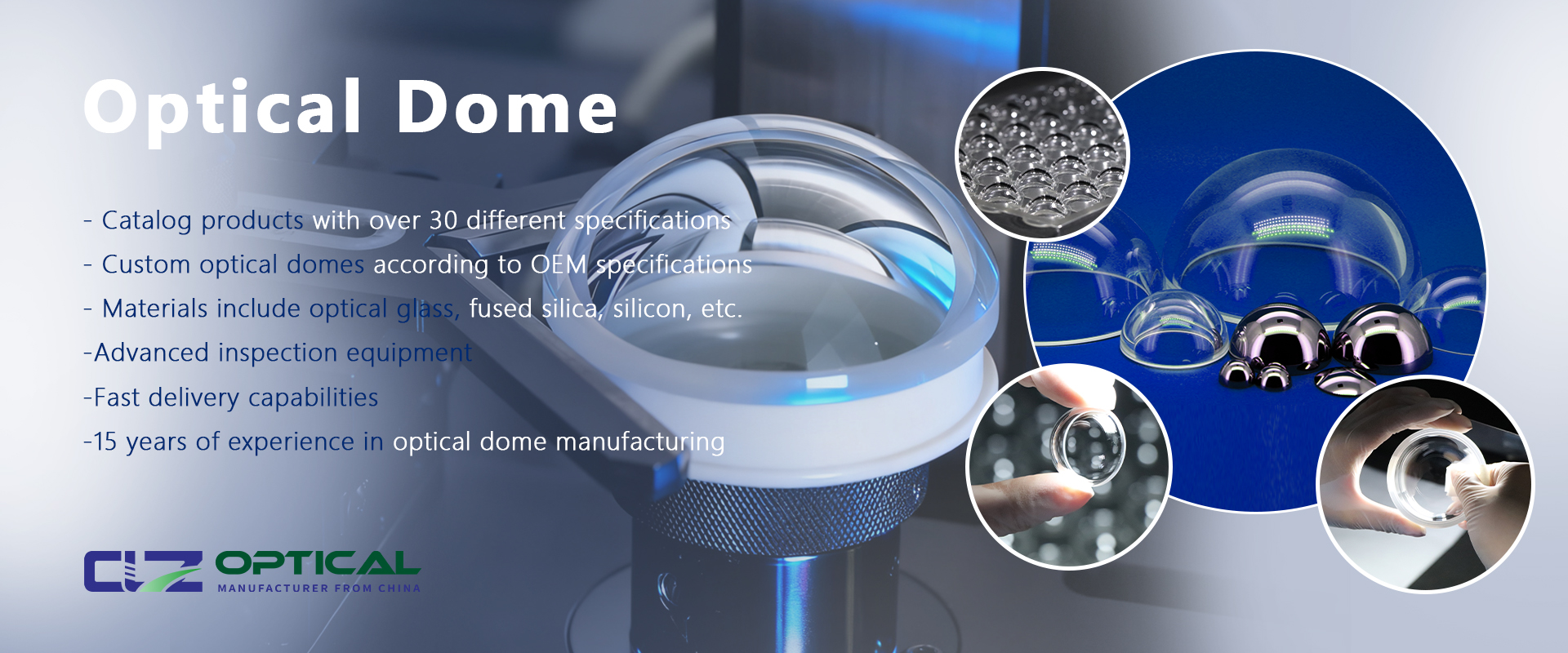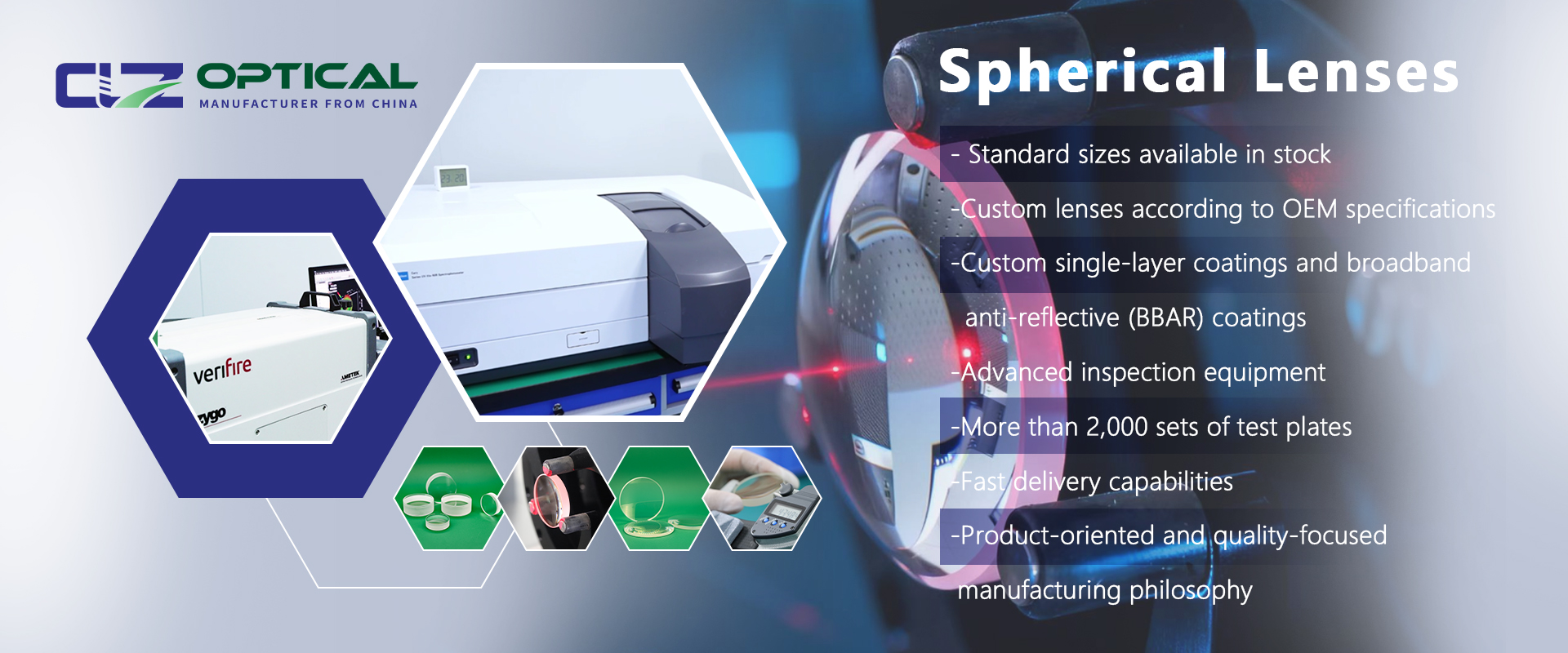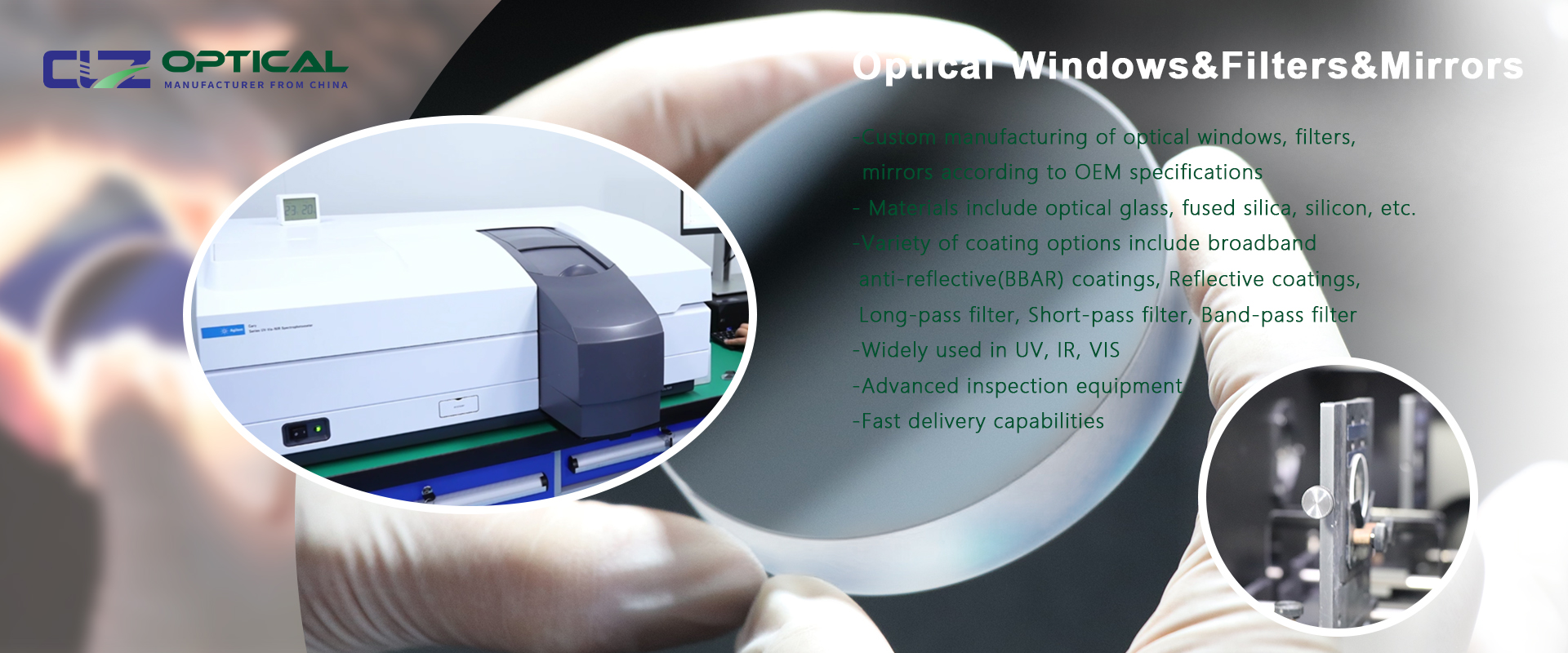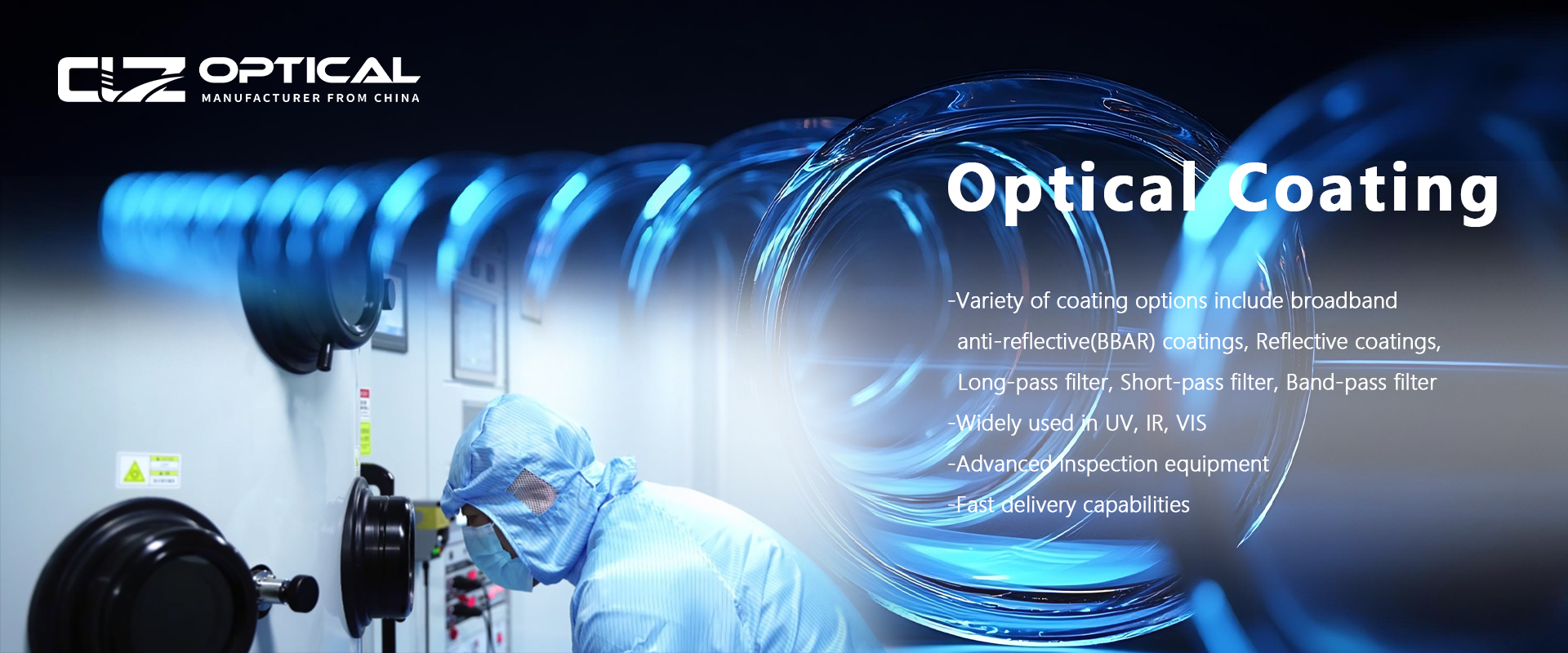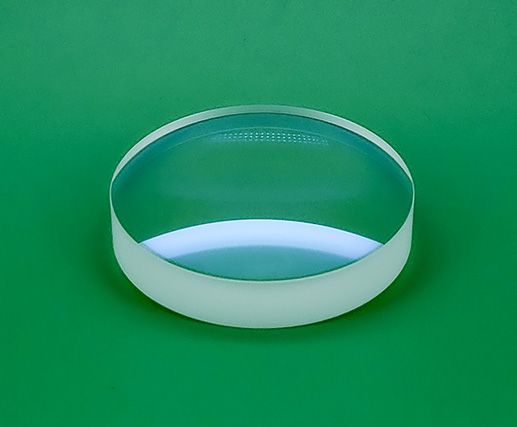Positive Cylinders Lenses
Positive cylindrical lenses is an optical component with an asymmetric structure. characterized by at least one surface being a cylindrical surface. The basic construction of this lens comes in two typical forms: one with a single cylindrical surface paired with a flat base (plano-convex type) or both sides being cylindrical surfaces (double-convex type). The curvature of the cylindrical surface extends along a single axis, creating a unique linear optical interface, which contrasts sharply with the fully symmetric structure of spherical lenses.
Optical characteristics
Directional focusing characteristics:
A positive cylindrical lenses possesses asymmetric optical characteristics, maintaining collimated light propagation parallel to the cylindrical axis. In the direction perpendicular to the cylindrical axis, depending on the curvature direction, it can produce converging (convex cylindrical surface) or diverging (concave cylindrical surface) effects. This characteristic makes it an ideal optical element for correcting astigmatism, capable of compensating for the refractive power in specific meridian directions.
Line focus characteristics:
Unlike the point focusing of spherical lenses, cylindrical lenses can converge parallel incident light into a focal line (convex cylindrical) or diverge it into a virtual focal line (concave cylindrical). The line focusing effect stems from the unidirectional refraction characteristic: a focal line is formed in the direction perpendicular to the cylinder axis, while the light remains parallel in the direction parallel to the cylinder axis. The length of the focal line depends on the size of the lens aperture, and the position of the focal line is determined by the focal length of the lens.
Core features
Directional control: Positive cylindrical lenses can precisely control the behavior of light in a specific direction, which is crucial for applications that require precise adjustment of beam shape and direction.
Aberration Correction: Although a positive cylindrical lens itself may introduce certain types of aberrations (such as coma), through reasonable design and combined use, it can effectively correct aberrations introduced by other optical components, especially in situations requiring high-resolution linear imaging.
Beam Processing Capacity: Positive cylindrical lenses play the role of a "beam shape regulator" in optical systems. On one hand, when faced with a circular beam, the positive cylindrical lens can utilize its unique optical characteristics, and by applying principles such as refraction, cleverly alter the original shape of the beam, transforming it into a linear beam. On the other hand, if the initial beam is already in a linear state, the positive cylindrical lens can still exert its regulatory function, guiding and redistributing the light with precise accuracy according to the relevant optical laws, thereby converting the linear beam into a circular beam.
Optimize the focusing effect: Increase the energy density or uniformity in the linear direction, which gives it unique advantages in fields such as laser processing, optical measurement, and imaging systems.
CLZ Optical Co., Ltd. offers a catalog of cylindrical lenses made of various materials (such as optical glass, fused quartz, etc.) and in different specifications. It also provides custom-processed cylindrical lenses based on customer drawings or specification requirements, and can carry out precise processing and coating treatment according to customer needs.
Application fields and typical cases
Laser System
In the field of laser cutting and welding, the positive cylindrical lenses exhibits unique optical characteristics. This specially designed lens focuses light in one direction only, while keeping the light parallel in the direction perpendicular to it. This uniaxial focusing characteristic enables it to convert a point laser beam into a uniform linear light spots, providing an ideal solution for the processing of elongated workpieces.
In the field of laser communication and precision measurement, the positive cylindrical lenses plays an irreplaceable role. It is often used for shaping and optimizing laser beams, especially for asymmetric beams produced by light sources such as semiconductor lasers. Through a clever combination with spherical lenses, the original elliptical beam can be transformed into a perfect circular beam, significantly improving the transmission efficiency of the optical system.
Cinematic Camera
A novel hybrid design of spherical lenses and cylindrical lenses is adopted in the film camera system. It can specifically stretch or compress the picture quality of the deformed wide screen to adapt to the special aspect ratio required by the deformed wide screen, ensuring that the content of the picture is complete and undistorted in the horizontal dimension, bringing rich visual experience and artistic expression to film production.
Telescope System Optimization
The positive cylindrical lenses precisely compensates for astigmatism caused by prism groups in refracting telescopes by its uniaxial focusing property. In telescope design, when combined with spherical lens, it can effectively expand the clarity range at the edge of the field of view . The specially designed aspheric cylindrical mirror can also suppress the coma caused by the large-aperture objective lens and enhance the observation contrast of the details on the planetary surface.
Image Processing and Transmission
Fax and print layout scanning imaging system: Cylindrical lenses are used in these systems for image scanning, transmission, and processing, ensuring image quality and clarity.
Computer image processing: Some modern image processing systems also employ cylindrical lens technology for real-time image transmission, analysis, and processing.












